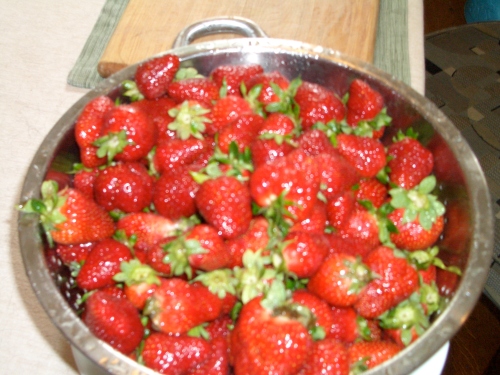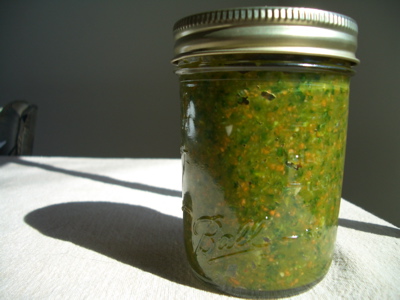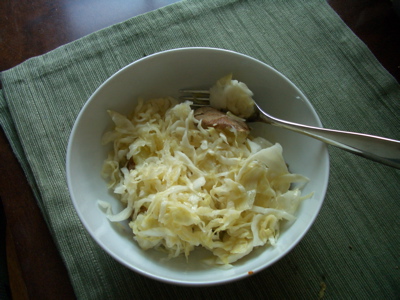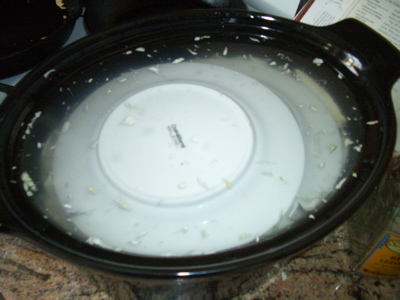I’ve always wondered how people used to preserve food before modern methods were developed. Canning has only been around since the 1800s and I know that people ate preserves before then, so how did they do it?
I just finished reading the book “Keeping Food Fresh: Old World Techniques and Recipes,” and it was fantastic. I stumbled across it in the library and was amazed at the recipes in it. The more recent edition is called Preserving Food without Freezing or Canning, which perfectly describes the content. I’m not sure if the newer version is a significant update, but the first edition is a wonderful source of information, so I can only imagine that the the second edition is at least as good, if not better.
The main premise of the book is that many of our food-preservation techniques aren’t as healthy or as energy-efficient as the techniques that had been used for centuries before canning and freezing were invented. This is because while the modern ones are more scientifically exact, many of them focus on contamination eradication, which leads to killing off beneficial properties of food as well as potential contaminants. It was written in France, where many of these techniques are still used in local markets.
While I was reading, I was amazed at how little I know about food preservation, even though I have dabbled in making preserves and pickles. I’ve already picked out a couple recipes that I am looking forward to trying, including: homemade vegetable bullion; a couple recipes for preserving tomatoes and tomato sauce; and a plethora of old-fashioned preserve recipes.
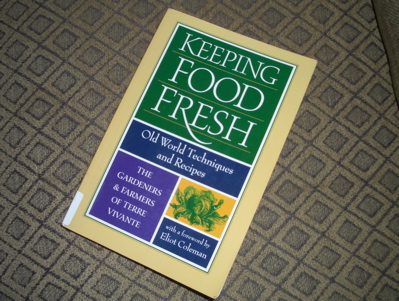
Read Full Post »
